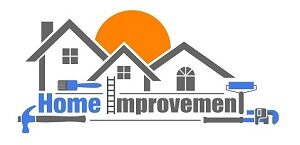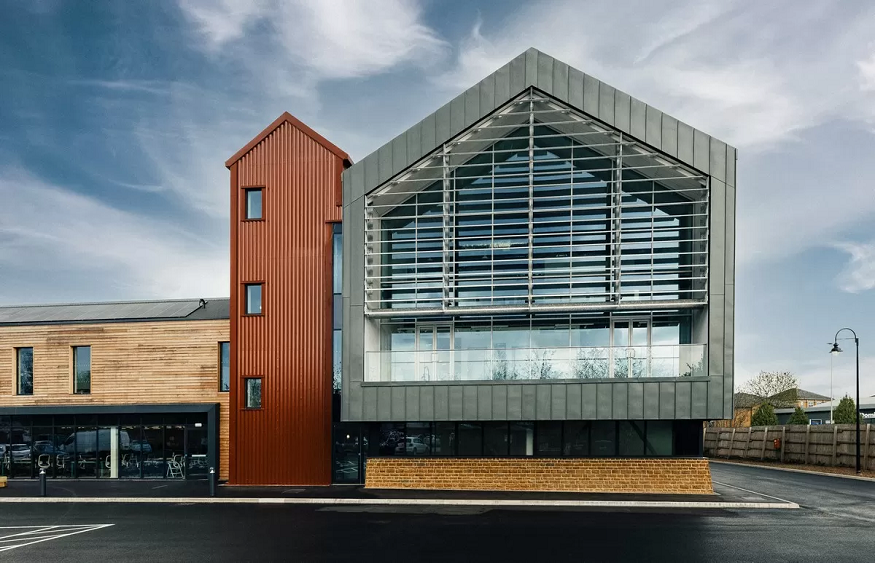As environmental concerns continue to take center stage, cities worldwide strive to create sustainable and eco-friendly living environments. Coventry, a city known for its rich history and architectural heritage, has emerged as a hotbed of innovation in sustainable architecture. With a forward-thinking approach and a commitment to a greener future, Coventry embraces cutting-edge designs and practices prioritizing environmental responsibility.
Below find eco-friendly designs that architect Coventry can recommend:
Passive Design and Energy Efficiency
Passive design principles maximize natural heating, cooling, and lighting within a building, reducing reliance on artificial systems. Architects in Coventry can recommend incorporating features such as strategic window placement to optimize daylight, insulation to minimize heat loss and natural ventilation systems for improved airflow. By integrating these elements, buildings can significantly reduce energy consumption and promote a comfortable indoor environment.
Green Roofs and Living Walls
An architect in Leicester can also promote green roofs and living walls as eco-friendly design elements. Green roofs cover rooftops with vegetation, which provides insulation, absorbs rainwater, reduces the urban heat island effect, and enhances biodiversity. Similarly, living walls are vertical gardens that improve air quality and add an aesthetic touch to buildings. These features contribute to the overall sustainability and beauty of the urban landscape.
Renewable Energy Integration
Coventry architects can recommend integrating renewable energy systems into building designs. This includes installing solar panels on rooftops to harness solar energy and convert it into electricity. By generating clean, renewable energy on-site, buildings can reduce their reliance on fossil fuels and contribute to the city’s overall renewable energy goals.
Sustainable Materials and Construction Techniques
Promoting sustainable building materials and construction techniques is essential for eco-friendly designs. Architects in Coventry can recommend materials such as reclaimed wood, recycled steel, and low-impact concrete. These materials minimize environmental impact by reducing resource consumption and carbon emissions. Additionally, architects can encourage construction techniques by prioritizing waste reduction, efficient water management, and responsible materials sourcing.
Smart Building Technology
Architects can suggest incorporating smart building technology to optimize energy use and improve overall efficiency. This includes installing energy management systems, occupancy sensors, and smart thermostats to monitor and regulate energy consumption based on actual usage. Integrating these technologies allows buildings to adapt to occupants’ needs, ensuring energy is used only when necessary, leading to energy savings and a reduced environmental footprint.
Rainwater Harvesting and Greywater Systems
Architects in Coventry can recommend incorporating rainwater harvesting and greywater recycling systems into building designs. Rainwater harvesting involves collecting rainwater from rooftops and using it for non-potable purposes such as irrigation, flushing toilets, or washing cars. Greywater systems collect and treat water from sinks, showers, and laundry, making it suitable for reuse in applications that don’t require drinking water.
Biophilic Design and Nature Integration
Coventry architects can advocate for biophilic design, which focuses on incorporating nature into the built environment. This can include green spaces, indoor plants, natural materials, and access to natural light. Biophilic design has improved well-being, increased productivity, and fostered a connection with the natural world. By bringing nature into buildings, architects can create healthier and more inspiring spaces for occupants.
Architects can contribute to the city’s sustainable development by recommending these eco-friendly designs and practices. These innovative approaches not only enhance the environmental performance of buildings but also promote a healthier and more sustainable living environment for residents.

